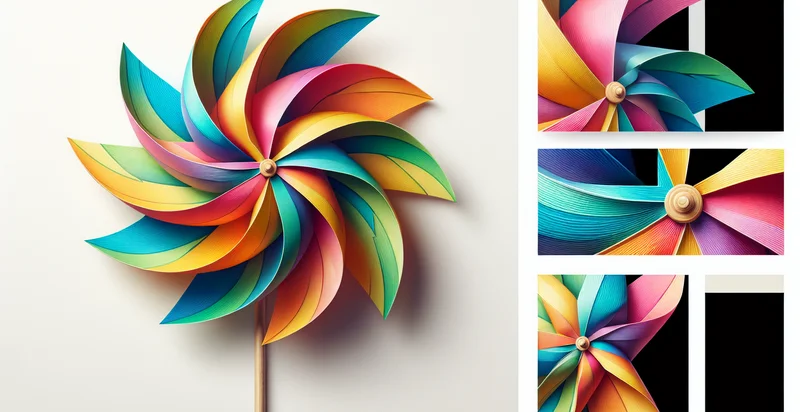Identify what material a kite is made from
using AI
Below is a free classifier to identify what material a kite is made from. Just upload your image, and our AI will predict what material a kite is made from - in just seconds.

Contact us for API access
Or, use Nyckel to build highly-accurate custom classifiers in just minutes. No PhD required.
Get started
import nyckel
credentials = nyckel.Credentials("YOUR_CLIENT_ID", "YOUR_CLIENT_SECRET")
nyckel.invoke("what-material-a-kite-is-made-from", "your_image_url", credentials)
fetch('https://www.nyckel.com/v1/functions/what-material-a-kite-is-made-from/invoke', {
method: 'POST',
headers: {
'Authorization': 'Bearer ' + 'YOUR_BEARER_TOKEN',
'Content-Type': 'application/json',
},
body: JSON.stringify(
{"data": "your_image_url"}
)
})
.then(response => response.json())
.then(data => console.log(data));
curl -X POST \
-H "Content-Type: application/json" \
-H "Authorization: Bearer YOUR_BEARER_TOKEN" \
-d '{"data": "your_image_url"}' \
https://www.nyckel.com/v1/functions/what-material-a-kite-is-made-from/invoke
How this classifier works
To start, upload your image. Our AI tool will then predict what material a kite is made from.
This pretrained image model uses a Nyckel-created dataset and has 16 labels, including Bamboo, Canvas, Cotton, Fiberglass, Metal, Mylar, Nylon, Paper, Plastic and Polyester.
We'll also show a confidence score (the higher the number, the more confident the AI model is around what material a kite is made from).
Whether you're just curious or building what material a kite is made from detection into your application, we hope our classifier proves helpful.
Related Classifiers
Need to identify what material a kite is made from at scale?
Get API or Zapier access to this classifier for free. It's perfect for:
- Material Quality Assessment: This use case involves identifying the material composition of kites to ensure they meet specific quality standards. Manufacturers can use the classification function to evaluate the materials used in production, ensuring they are durable, lightweight, and suitable for various weather conditions.
- Product Compliance Verification: Retailers can employ this function to verify that kites sold in their stores comply with relevant safety and environmental regulations. By classifying the materials correctly, they can prevent non-compliant products from reaching consumers, thus safeguarding their brand reputation and customer safety.
- Supply Chain Management: Importers and distributors can utilize the image classification function to streamline supply chain processes. By quickly identifying the materials of incoming kites, businesses can ensure they manage inventory effectively and avoid overstocking or running out of products made from certain materials.
- Customer Preference Analysis: Businesses can leverage the image classification to analyze the types of materials preferred by customers. By aggregating data on material types, companies can tailor their marketing strategies and product offerings to align with consumer preferences, enhancing sales and customer satisfaction.
- Environmental Impact Assessment: Organizations committed to sustainability can use the classification function to evaluate the environmental impact of different kite materials. By identifying eco-friendly material options, businesses can improve their product offerings and appeal to environmentally conscious consumers.
- Design and Innovation: Designers can benefit from this function by understanding how various materials affect kite performance. By analyzing the material classification, designers can innovate and develop new kite styles that leverage the unique properties of specific materials, enhancing their offerings.
- Insurance Claim Analysis: Insurance companies can use the image classification function to assess claims related to kite damage. By accurately identifying the material composition, they can determine the appropriate coverage and compensation for damages, thereby improving claims processing efficiency and accuracy.


